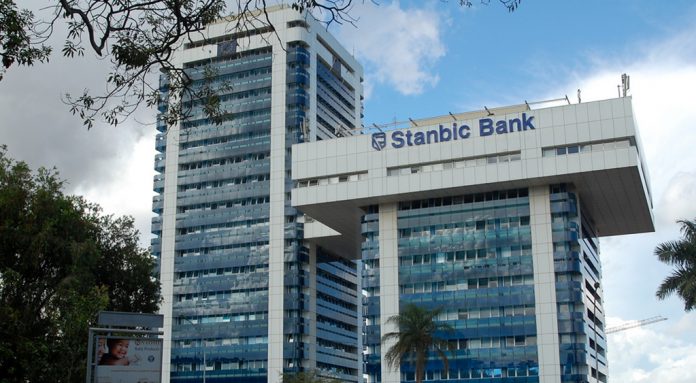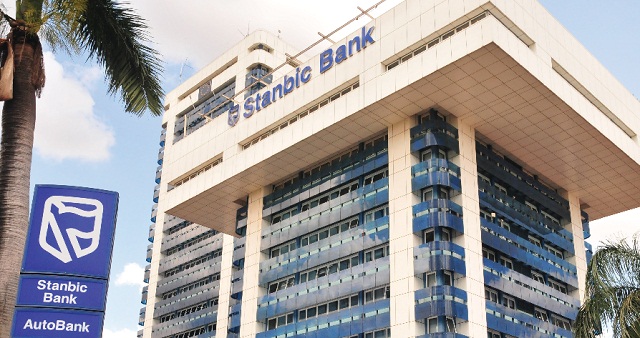The headline Stanbic Purchasing Managers’ Index (PMI) dipped to 51.2 during February from 53.2 in January as business activity increased in the services and wholesale and retail categories, but decreased in agriculture, construction and industry.
However, the Ugandan private sector remained in growth territory at the midway point of the first quarter of 2023, with output and new orders continuing to increase. Less positive were a first reduction in employment in five months and continued price
pressures. Readings above 50.0 signal an improvement in business conditions on the previous month, while readings below 50.0 show deterioration.
The latest reading was lower than the average of 52.4 since the survey began in June 2016. The Stanbic PMI is compiled by S&P Global from responses to questionnaires sent to purchasing managers in a panel of around 400 private sector companies. The sectors covered by the survey include agriculture, mining, manufacturing, construction, wholesale, retail and services.
Mulalo Madula, Economist at Standard Bank said, “PMI continues to show resilient economic performance in Uganda after seven consecutive months of rising demand. New orders continued to rise, supporting output, despite a second straight month of declines in new export orders and increases in input and output prices. Activity increased in the services, wholesale and retail sectors, but decreased in the agriculture, construction and industrial sectors.”
Helping to support the overall strengthening in the health of the private sector were sustained by increases in both output and new orders, with successful advertising and improving demand reportedly behind growth. Activity and new orders each rose for the seventh month running in February.
There were some reports, however, of extremely dry weather conditions limiting output growth. Hopes are that rains would come to alleviate these conditions as one of the factors behind an optimistic outlook for the coming year, alongside predictions of higher customer numbers and softer inflation.
Madula said, “According to some reports, extremely dry weather conditions have negatively impacted output. Employment fell in February, the first drop in five months. The decrease in hiring reflects a combination of resignations and efforts to manage capacity. Businesses are optimistic that production will pick up over the next 12 months given increased demand, lower inflationary pressures and expected rainfall.”
Although some companies raised workforce numbers in line with higher workloads, others reported that resignations and efforts to manage capacity had led employment to fall. Meanwhile, backlogs of work were depleted again. Input costs rose further in February, with higher prices for electricity, water and purchases all widely reported. Wages were also up overall, but a reduction in employment led to a drop in staff costs at some firms.
The pass through of higher input costs to customers resulted in an eighteenth consecutive monthly increase in selling prices. Charges rose in the agriculture, industry and wholesale & retail categories, but fell in construction and services. Finally, suppliers’ delivery times lengthened for the third time in the past four months. Growth of new orders encouraged companies to raise their purchasing activity again midway through the first quarter of the year. Input buying has now increased in each of
the past four months. The agriculture and industry sectors raised purchasing.
Companies remained optimistic that output will increase over the coming year, with close to 68% of respondents predicting a rise. Higher customer numbers, softer inflationary pressures and the coming rains are expected to boost activity. Positive
sentiment was signaled across all five monitored sectors.












